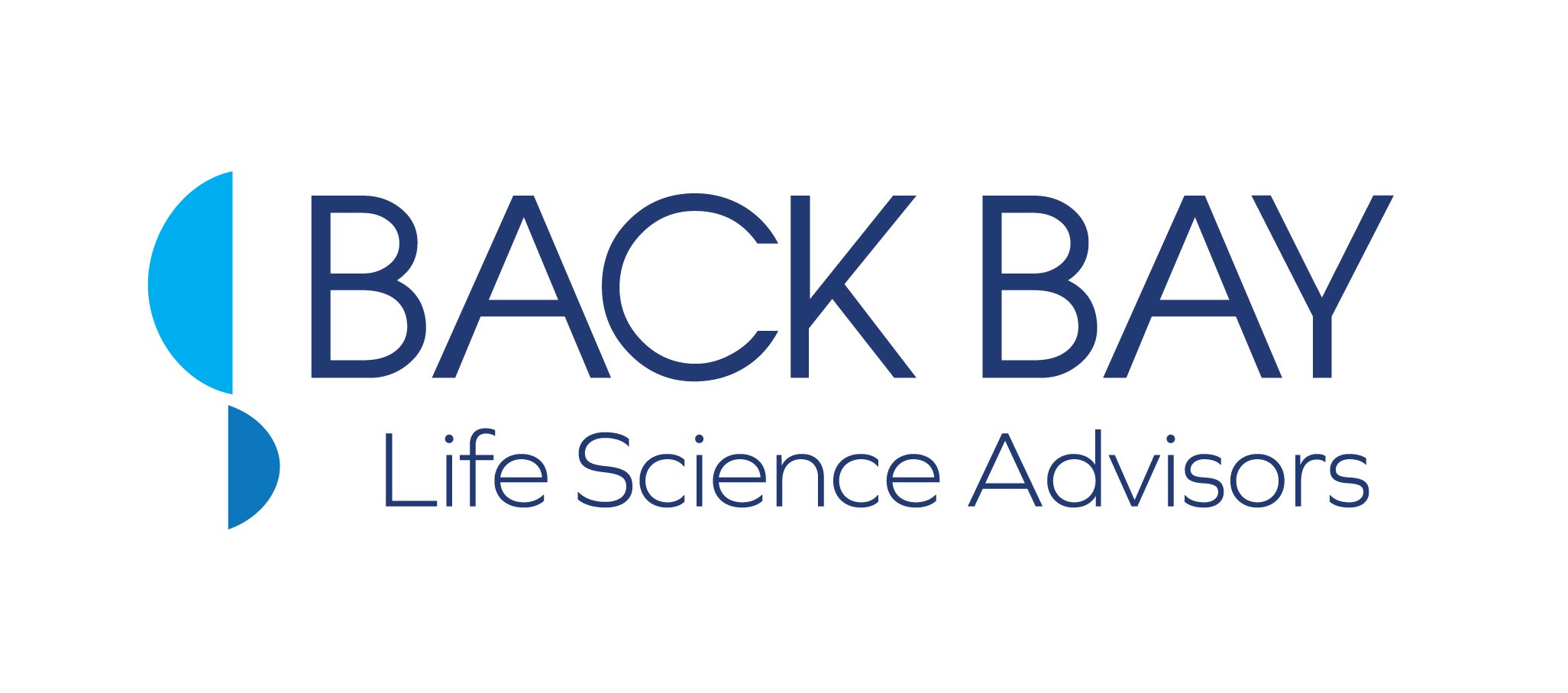What Should Be Done About the Shrinking Number of US Public Companies?
By: Greg Benning
Back Bay Insights on JP Morgan 2018 Market Outlook; Inflection Point InvestingJP Morgan’s recently published Eye on the Market Outlook 2018The Decline of Western Centralization is a cleverly-titled economic research piece focused on the implications of unwinding a 9-year, $11 trillion central bank stimulus effort. At the end, it critiques the declining number of US-listed equities, suggesting causes and cures. Life science public equities are only $1 trillion of the $150 trillion global capital markets, so this paper is worth reading. That said, in our opinion JPMorgan’s view on US equity markets is inward-focused and misses the mark on why there are fewer US listed companies.To summarize JPM’s research, they emphasize the broad positives of synchronized growth in 2018 regional economies, capital spending and profits; before exploring risks involved in unwinding $11 trillion of central bank balance sheets, and managing interest rates and inflation. They also highlight a series of market/investor barometers showing the extreme current measures of equity market expensiveness. A key conclusion for 2018 predicts single-digit stock index growth, but with big bumps along the way.The research then side-references a “Listing Gap”: The continued shrinkage of US-listed public companies, mostly smaller size, versus continued growth in rest of world. Regulatory costs/complexities and private capital deregulation are cited as causes, with resulting unfairness to average US investors, in terms of investment opportunities, less cumulative disclosure and private company “free-riding.” Solutions proposed include proxy reform, upsizing Emerging Growth Status, minimizing private company tax benefits, limiting litigation, raising accreditation limits, extending short term gains tax timing, and concentrating small company stock trading. All of which in our opinion have nothing to do why more small companies are not going public in the US.
So what’s the issue with US public issuers?
We think the decline is also about business models of investment banks and institutional public equity investors, as well as the suitability of public markets for development stage companies with significant intangible assets and long-term development costs.Institutional microeconomics of underwriting, researching, trading and investing in $100-200MM public companies are not viable. Thirty years ago, JPMorgan would lead manage a $30-40MM IPO of a $100MM company, and trade 20% of the issuer’s stock over the NASDAQ at 7c/share, with integrated analyst, sales and trading coverage (Genentech was a $35MM JPMorgan IPO). Today, stock trades are best execution (best price, lowest trade costs), are separated from analyst recommendations, and average 10-15 basis points (1-1.5c/share on a $10 stock). Additionally, a typical NASDAQ IPO now needs to be $100-150MM, for institutions looking to invest $5-10MM per portfolio position, and not exceed other constraints like 10% of total issue size, 2-3% of total ownership, and 5-10 trading days liquidity to buy/sell. This reverse engineers IPO post-money valuations of $300-400MM. So for both banks and institutional investors, smaller public companies have challenging cost issues.Beyond capital market microeconomics is also a primary question of the suitability of public market ownership for intangible asset and development cost intensive smaller growth companies. Coinciding with JPMorgan’s research, an interesting academic research paper was published in January 2018 by the National Bureau of Economic Research, titled “Eclipse of the Public Corporation or Eclipse of the Public Markets?” The paper argues public markets as better-suited for companies with more directly measurable valuation analytics, tangible assets and profitability. The research contains graphs cross-referenced in the JPM report and is also worth reading.Back Bay Life Sciences noted at the 2018 JPM healthcare conference, the smallest presenting public company was $100MM, while down the street at the EBD Biotech Showcase there were 400 presenting companies, 2100 attending companies, 900 investor groups from 50 countries. This investor count also does not take into account external R&D/partnering budgets of large/mid-cap companies. By our estimate, during JPM week in San Francisco, there were upwards of 50,000 corporate development and investment-related meetings.Back Bay believes 2018-2019-2020 will be particularly good years for inflection point investing: Not just pre-IPO crossover investors, but well-funded, last-dollar-in financing rounds from strategic and private investors enabling significant incremental studies, trials and value creation, driven by accelerating scientific innovation and helped by regulatory initiatives working to accelerate drug development.Our view is that while a healthy US IPO market is important to the life sciences community, the strategic fit of public capital with development stage businesses needs to be very selective, and that the costs and microeconomics of public company ecosystem in the US present are compelling reasons to stay private. Innovative companies and investors are finding other ways to connect. Matching the company and the asset to the right class and amount of capital is one of our most basic and deeply held tenets.
